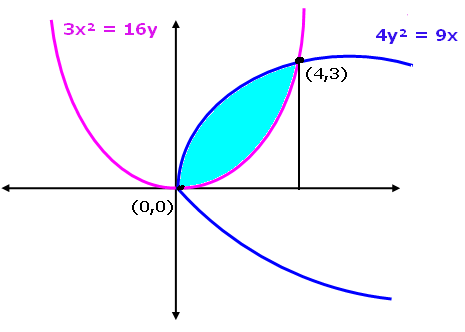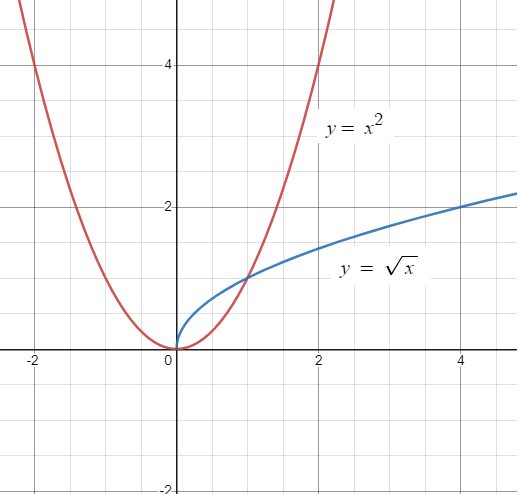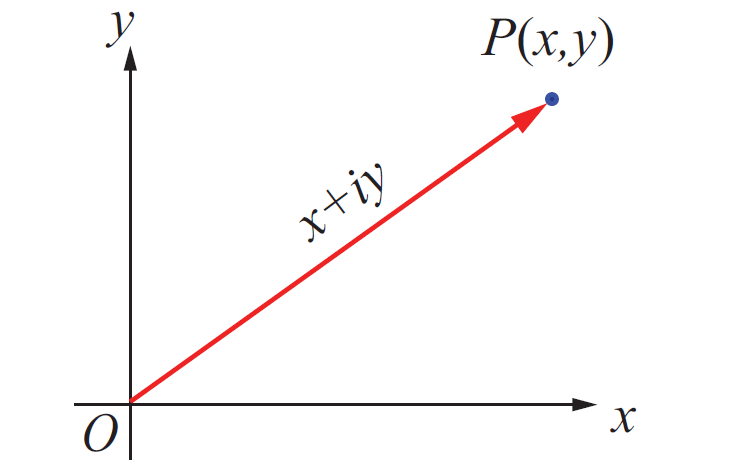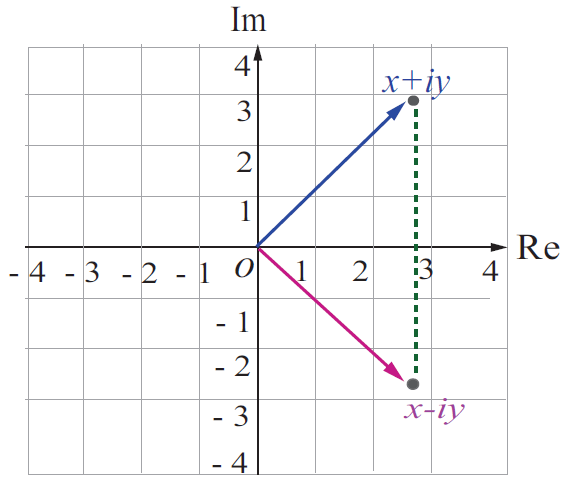AREA BOUNDED BY TWO PARABOLAS
Example 1 :
Find the area bounded by two parabolas,
4y2 = 9x and 3x2 = 16y
Solution :
First we need to draw the rough sketch of two parabolas to find the point of intersection.
4y2 = 9x ------ (1)
3x2 = 16y ------ (2)
4y2 = 9x
y2 = 9x/4
y = 3√x/2
y = (3/2) √x
3x2 = 16y
y = 3x2/16
By applying the value of y in the equation y2 = 9x/4.
(3x2/16)2 = 9x/4
9x4/256 = 9x/4
x4/x = (9 ⋅256)/(4 ⋅ 9)
x3 = 256/4
x3 = 64
x3 = 43
x = 4
By applying the value x = 4 in (1) or (2) we get the value of y
y = 3(4)2/16
y = 3
Therefore, the two parabolas are intersecting at the point (0, 0) and (4, 3).

= (3/2)[x^(3/2)/(3/2)] - (3/16) [ x^3/3 ]
= { (3/2) [ 4^(3/2)/(3/2)]- (3/16) [4^3/3] } - 0
= { [ (3/2) ( 4 √4 ) x (3/2) ]- (3/16) [64/3] } - 0
= 4 (2)-4
= 8-4
= 4 square units
Therefore the required area = 4 square units.
Example 2 :
Find the area of the region bounded by the two parabolas
y = x2 and y2 = x.
Solution :
y = x2 -----(1)
y2 = x
y = √x -----(2)
x2 = √x
x4 = x
x4 - x = 0
x(x3-1) = 0
x = 0 and x = 1
y = 1
Point of intersection is at (0, 0) and (1, 1).

Required area = Integral 0 to 1 (√x - x2) dx
= [x3/2/(3/2) - x3/3] 0 to 1
= 0-(2/3) + 1/3
= 1/3 - 2/3
= 1/3 square units.

Apart from the stuff given above, if you need any other stuff in math, please use our google custom search here.
Kindly mail your feedback to v4formath@gmail.com
We always appreciate your feedback.
©All rights reserved. onlinemath4all.com
Recent Articles
-
First Fundamental Theorem of Calculus - Part 1
Apr 17, 24 11:27 PM
First Fundamental Theorem of Calculus - Part 1 -
Polar Form of a Complex Number
Apr 16, 24 09:28 AM
Polar Form of a Complex Number -
Conjugate of a Complex Number
Apr 15, 24 11:17 PM
Conjugate of a Complex Number

